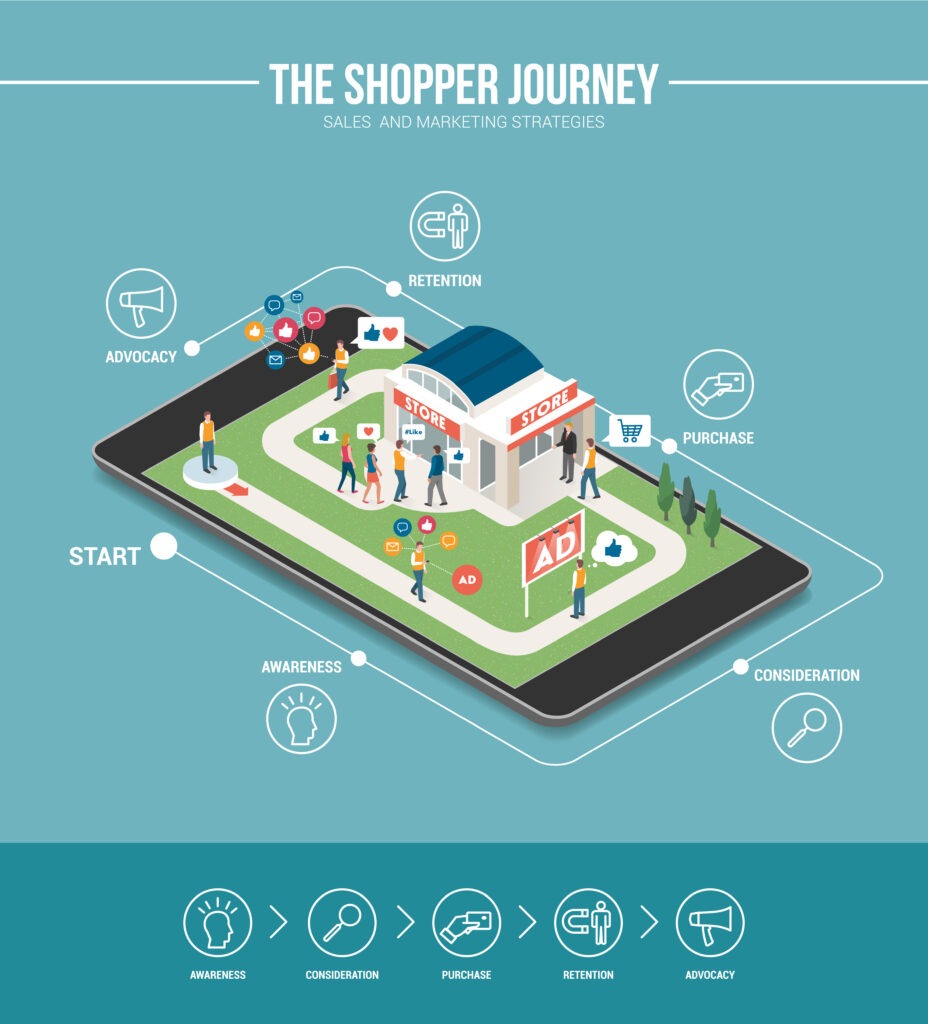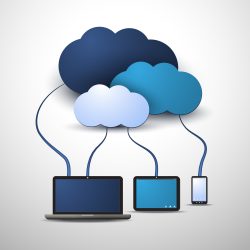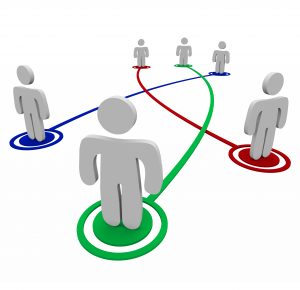The IoT Smart Home market is forecasted to reach $1.2 trillion by 2022, in part thanks to the growing and highly fragmented market. In fact, one can assume that with all the information available, picking a Smart Home device in 2019 should be an easy process, but the reality is that we – consumers – are experiencing the Einstein learning paradox, ‘the more we learn, the more we realize how much we don’t know.’
During the purchase decision process, the buyer’s will start having simple and complex questions regarding what smart home device to buy. So, where should the customer begin? We ended up putting ourselves in the buyer’s shoes by diving into some of these possible questions regarding brick-and-mortar and online sites, and these are the five aspects we found can enhance the onboarding experience of the new IoT adopter.
- Familiar Storytelling

For IoT vendors to get their message across on this nascent market, compelling storytelling is key. How well a familiar and intimate story can be created for ‘Smart Home’ consumers will be essential. Vendors mostly focus on the product’s technical benefits, but what seems to work most effectively, in my opinion, l is the level of trust you can achieve with a warmer and more empathetic message.
Let’s take as an example the Google Smart Home Kiosk at Best Buy. It was designed to make you feel at home. They mimic a real home environment using real wooden materials, a gable roof shape, and they even include a few household items such as lamps, appliances, and kitchenware. This certainly sets Google’s presentation apart from other brands in the store, with similar displays. It is my impression that Google achieves a higher level of warmth in their point of sale. That level of personal touch to reach their audience can be used to engage the customer’s interest both online and in retail channels. Even though online shopping can feel less personal, IoT vendors can still craft a similarly cozy message by using digital resources.
- Interactive Experience
At a retail store, there is also an opportunity for vendors to deliver interactive buying experiences. For example, Samsung’s Family Hub point of sale at Best Buy allows customers to interact with the Bixby app. A refrigerator’s actual touch screen will guide you through the app and show you how the product can be used in a real home environment. Another example is how Google’s POS -also at Best Buy- syncs up to two screens in real-time, allowing customers to shift their attention from the story being told in the app to the device’s features and vice versa.
Obviously, these types of engagement opportunities can be harder to produce in online shopping than in a store. On the other hand, in brick-and-mortar retail, smaller technology vendors are left to minimal shelf space with which to work, which also limits their chances to create an interactive and sensorial connection with the consumer.
- Starter Kit Offerings
Bundles can be a great way to engage consumers who do not know where to start. We went looking for bundles available in the market, but surprisingly we did not find that many. There seems to be an opportunity here for IoT vendors to improve the consumer experience and engage novice users, as bundles allow people for a quick way to start building their Smart Home ecosystem.
- Installation & Setting Up Assistance
When we buy our first smart device, we cannot wait to get home to open the box, as the package clearly says: ‘Easy Installation’ done in ‘2 to 3 steps.’ These little devices are supposed to be beautifully designed to make our life easier, but sometimes installation becomes a daunting endeavor. Installing and starting to use these products is usually not as simple as turning them on or off.

After unboxing, we start following a series of instructions from the package or the manufacturers’ website on how to download the app, connect to wifi, authenticate, configure preferences, integrate with Alexa, and so on. A bit exhausting, isn’t it?
The manufacturer’s customer support team can make a huge difference for the first time user. At the end of the day, if the product is not yet perfect, customer support must be.
The customer journey is the lifecycle of a customer with your company or with your product, from when you first provide pre-sales information to that customer, to the time when you’re trying to either renew a subscription or upgrade the customer to some other product.
- Informed Experience
When putting ourselves in the buyer’s shoes we experienced a moment of analysis paralysis because while current apps are created to run intuitive interfaces and follow logical flows, the buying experience of building a smart home ecosystem is not quite that simple.
For example, at retail sites, you can ask for immediate help, but sometimes store’s associates may not know all the details about IoT product features and cross-compatibility. On the other hand, retailers are limited in their ability to expand on technical information because of physical space, and as we previously mentioned, for some brands the only available space they have is their own packaging. At brick-and-mortar stores, IoT brands are limited to using disclaimers like “additional hardware may be required” or hints such as, “works with Google Assistant and Alexa” and “Bluetooth, WiFi, Z-Wave or HomeKit” to advise consumers that they may consider certain things with respect to the devices’ integration and compatibility.
Online is better for displaying IoT devices technical features and use cases because obviously, the web has limitless real estate.,Consumers can experience the pros-and-cons of both online and onsite shopping to shorten their learning curve and acquiring the right device.
Conclusion
For new IoT consumers, Artificial Intelligence (AI) devices mean the promise of a more balanced and organized life. This transformational promise is a great opportunity for IoT vendors to deliver, and offer a compelling consumer experience from the get-go. For manufacturers, Identifying installation and activation challenges is the first step to making their customer’s journey enjoyable and successful.


